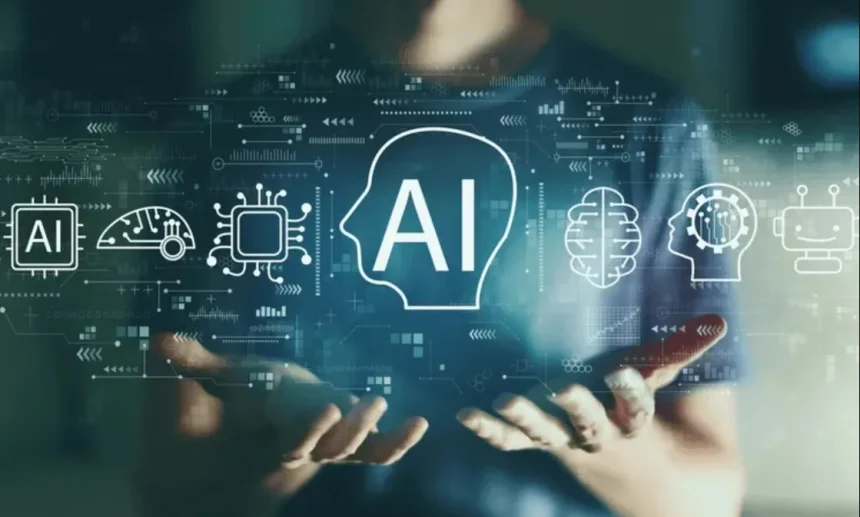The field of creating content has revolutionised in the digital era as technology continues supporting it in every aspect to inspire producers to think big. One such innovation that has taken the world by storm, especially in video editing, photo enhancement, and the entire digital art of content creation, is AI.
Among the most promising trends in this field, one must mention the emergence of the so-called Talking Photo technology that allows still photos to speak in the most realistic manner because of their lip-syncing and other manifestations.
The guide will go into the effect of AI on content creation, where it can be seen the revolutionary nature of tools such as the Talking Photos.
The AI Content Creation is Powerful
AI has the potential to optimise work processes, improve creativity, and make the content generation process more democratic. In case you do not want to spend hundreds of hours assembling a complicated project, but still, say, you are an ordinary amateur filmmaker or even a social media influencer, using AI can help relieve you of the tedious workload so that you can enjoy telling a good story.
The Revolution of Video Editing
Video editing has always been a piece of work, demanding much labour input, technically amplified skills, and time. The introduction of AI-powered resourcer has changed this process as now many parts of this editing process can be automated, and colour correction, selection of the scenes, and even sound design can be automated. As an example, AI may select the best shots based on the required story, thereby cutting the editing process dramatically.
As the number of platforms where AI tools facilitate video making, like Magic Hour, has increased, people can make impressive videos without committing to much technical knowledge. This possibility makes it possible to have diversity in terms of more creators sharing their stories and ideas, and opening up the digital world to be more inclusive.
The AI in Improving Photos
It is also through AI that there has been an enormous improvement in photo editing. Plain retouching of each image detail is not possible any more. Contemporary AI-assistance has features of automatically fixing photographs, setting brightness, contrast, and sharpness depending on the peculiarities of an image.
Moreover, with the latest features, such as the Talking Photo generator, the creators can turn a still picture into an interactive one. When a user uploads a photo and matches audio, such combinations create video that demonstrates realistic expressions and smooth gestures and is interesting to watch. Not only does this new idea of photo editing bring visual storytelling to a new level, but it also brings interactivity to this medium that was impossible in the past.
How to make a Photo talk
Creating Talking Photo is pretty easy, so it can be used by even an inexperienced user. The breakdown of the process may be as simple as three steps:
- Upload a Photo: The user can add a personal image or can choose among a set of preset models. This allows much creativity in the form of custom avatars to artful models.
- Upload Audio: The second step is uploading an audio file, and it may be a voiceover, music, or other sound clip that goes well with the visual. They may also use a collection of pre-defined audio clips and so there is no difficulty in finding one that will best fit their Talking Photo.
- The posting of a photo and audio, and creating a Talking Photo can be performed by clicking on: Generate and Share. The outcome is a captivating video with realistic lip sync and natural facial expressions, which is ready to be disseminated through social media networks or included in presentations.
This is a creative process that gives the designers the freedom to play around with their images in a manner that would otherwise have taken them to professional facilities to use sophisticated editing software.
Uses of Talking Photos
The areas of possible Talking Photos applications are so numerous and diverse that it is a useful tool in any number of domains. The following are some clear-cut examples:
Education and training
In learning environments, Talking Photos would be able to increase the learning experience by making the photos come to life. An example is that history teachers will be able to show Talking Photos to students around historical figures, creating interesting presentations of a historical figure that students will remember because it was tied to something they related to.
Marketing and Advertising
Marketers will value the capacity to come up with dynamic content within a short period. Talking Photos can be applied in advertising campaigns to create better message delivery. Consider this: in an advertisement for a product, the product spokesperson, rather than being a mere image, will be an animated figure, a talking avatar, who will be communicating with and responding to the crowd. Such a strategy will be highly effective in increasing viewer attraction and retention.
Entertainment and Telling Stories
Talking Photos can be applied in the entertainment industry to generate special experiences in telling stories. This technology gives filmmakers and content creators an opportunity to create new, visually articulate and compelling stories that combine visual art and sound. The power to make the characters or historical figures move creates new possibilities of creativity, which can make an audience relate more to the stories.
Avoiding Obstacles of AI Content Creation
Although the advantages of AI in the digital content creation are obvious, there are still challenges. Making sure that the generated AI content is not fake is one of the main issues. With the growing use of AI tools, the creators must be careful to incorporate the benefits of this technology and not substitute their artistic voice with it.
The other problem is that there should be constant learning. The breakneck development of AI technologies implies that creators should constantly keep in touch with the world of the latest tools and methods to keep up with the competitors. This needs a dedication to continued learning and evolution, which does not feel attractive to everyone.
AI in Digital Content Creation Future
The future of AI in digital content creation seems to be bright. In the future, we may see even innovative tools that will inspire more creativity and productivity in workflows. As an example, advancements in natural language processing and computer vision can improve the way AI tools much more intuitive and know what the user likes and what is his or her style.
In addition to that, it is important to note that the use of AI will be extended to other emerging technologies, and by that, this is likely to bring new opportunities in creating content through augmented reality (AR), VR, and so forth. It is in the future when the creation of such situations through the usage of AI-generated visuals to flatter natural environments appears possible.
Conclusion
Without a doubt, AI has changed the scene of digital content creation as it provides tools that can make the process more creative, efficient, and engaging. With the help of such technologies as Talking Photo, creators can now create high-quality content without any effort, thus being able to reach a wider audience.
With the adoption of these developments, we should also keep a balance between technology and natural creativity. Through AI as an assistant and not as someone to replace, creators will still be able to use AI and hold on to their voices. Digital content production is a bright idea, and anyone who keeps up with such developments will certainly do good in the emerging digital world.









